Although pickleball has been around for more than 50 years, it has gained more popularity recently as people are looking for ways to stay physically active while maintaining safe social dinstanding guidelines.
We hope that you continue to play pickleball after the pandemic and social distancing concerns have passed, but if you are new to the sport, we understand that you might not know exactly how to play!
This guide gives you a quick overview of the equipment needed to play pickleball, how the court should be set up, and a list of seven rules that can be hard for new pickleball players to understand.
How Many People Do You Need To Play?
Pickleball is usually played with two people playing against each other (singles) or with a team of two players each, called doubles.
If you have more than four players, it can be fun to set up a quick tournament to see who the best players are!
Pickleball Equipment List
- Paddle (Recommended: A11N Hyperfeather, A11N Hyperfeather SE)
- Pickleballs (Recommended: A11N S40)
- Net (Recommended: A11N 22 foot net)
- Court (see diagram below)

Pickleball Court Diagram
The pickleball court is similar to a tennis court, but is much smaller. It’s helpful to think of it like an oversized ping-pong table.
This smaller court makes pickleball perfect for young kids or older adults who are looking for more ways to be active together.

How to Score
You can only score a point if your team served the ball. If you are on the returning team and you “score” then it becomes your turn to serve the ball and play for a point.
How to Win the Game
Each time you score when it is your team’s turn to serve, you win a point. The first team to 11 (common for singles matches), 15, or 21 (common for doubles).
If you are on the returning team and you score on the other team’s service, you do not gain any points in your score. Instead, it becomes your turn to serve, you can only score points if your team is serving.
The Top 7 Rules for Beginner Players
Whether you are a brand-new pickleball player or well-versed in tenor or other racquet sports, pickleball has some unique rules that can take some getting used to. Read on for the most common rules that beginners need to understand.
Rule #1: The Ball Can’t Go Out Of Bounds
This one is kind of obvious, but the ball must remain inside the lines of the court during play. If a ball bounces on the line, it is still considered to be in play. Only if the ball is completely outside of the boundary lines is it considered to be out of bounds.
Rule #2: Rules About Serving
The rules around serving are quite simple.
How to Serve in Pickleball
- Start on either the right side or the left side of the court, behind the baseline.
- Ball must be held underhand (in your palm) and below the waistline.
- Hit the ball diagonally to the opposite side of the court. If you do not hit it to the opposite side of the court, that counts as a fault.
- The serve also cannot land inside of the no-fault zone (more commonly known as the kitchen)
- In the case of a fault, the ball goes to your teammate (if playing doubles) or is forfeited to the other team (if playing singles.) There is no double fault like in tennis.
Rule #3: The Two-Bounce Rule
This one always messes with new players! In pickleball, the ball has to bounce twice before you can score a point. What does this actually mean?
When serving the ball, the ball must bounce on your opponent's side of the court. Your opponent then must return the ball to your side, and you must let it bounce before hitting it.
Once you hit the ball for the third time, then you and you opponent no longer have to wait for the ball to bounce before returning it-- you can hit it out of the air back at your opponent!
Rule #4: The Serve Cannot Land in the Kitchen
The kitchen is officially called the “no volley zone,” a 7 foot box extending 7 feet from the net on both sides of the court.
During the serve the ball cannot land inside the kitchen, else you will be penalized with a fault and lose your serve.
A best practice for pickleball, in most parts of the game, is to hit the ball as close to your opponent's baseline as possible to give you more time to react for a return hit.
Ideally you want your opponents playing at the baseline while you play at the kitchen line, as this will give you a better opportunity to score.
And speaking of the kitchen…
Rule #5: Get Out of the Kitchen
The non-volley zone can only be stepped in if your opponent's hit bounces in the kitchen, otherwise you must stay out of this zone during play.
This can be a hard rule to obey,but a good general guideline is to stand just outside the kitchen boundary line to return your opponent’s hits because that will make it harder for your opponent to return, giving you a better chance to score a point.
Rule #6: Pickleball Ends at 11, 15, or 21 Points
A normal pickleball game ends at 11, 15, or 21 points. Eleven is the most common stopping point for singles matches, 15 can be used for longer singles matches or short doubles matches, and 21 is typically used for longer doubles matches.
You can always extend the game out if you and your opponent agree, so starting out on the lower end of the spectrum might make the games a bit more enjoyable as you are just starting out.
Rule #7: You Can Only Score Points When You Are Serving!
This tends to be the rule that is most often overlooked by beginners. The only way you can score points in pickleball is if you are on the serving team. If you are on the returning team and you win the point for that volley, your score does not increase!
If you want to get a jump start on playing pickleball, we recommend that you check out the A11N Complete Pickleball Set, which comes with 2 USAPA-approved paddles, a 22 foot net, 14 pickleballs, and carrying bags to conveniently haul all of your equipment with you.
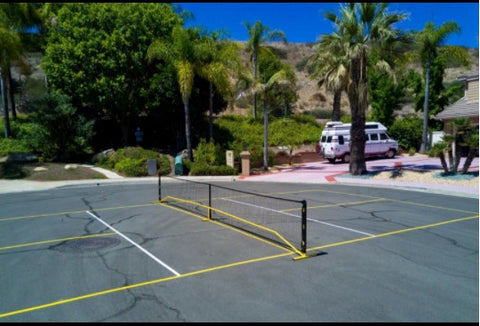
I set up a pickelball court in my cul-de-sac so that my neighbors & I can get some exercise and enjoy ourselves while being quarantined. After looking at various options, I settled on this net by A11N. The frame is very well made and super sturdy. It stands well on its own, even in wind without any issue. Assembly is quick and easy. The tubes snap together easily. I take mine apart after every time we play and store it in the garage in two parts to help it from getting too weathered. The whole assembly and disassembly takes me (just one person) maybe 3-5 minutes? - Phuoc Le, verified A11N customer
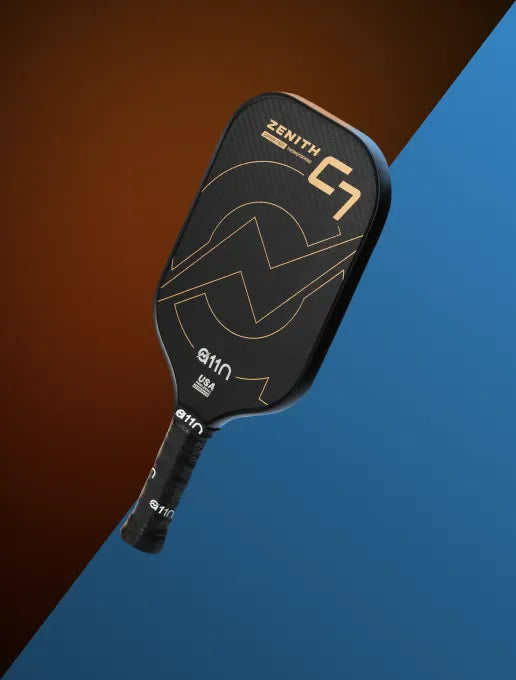

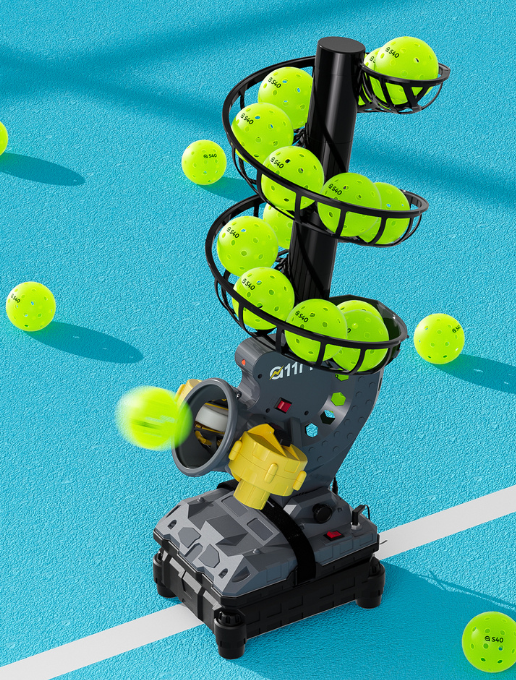
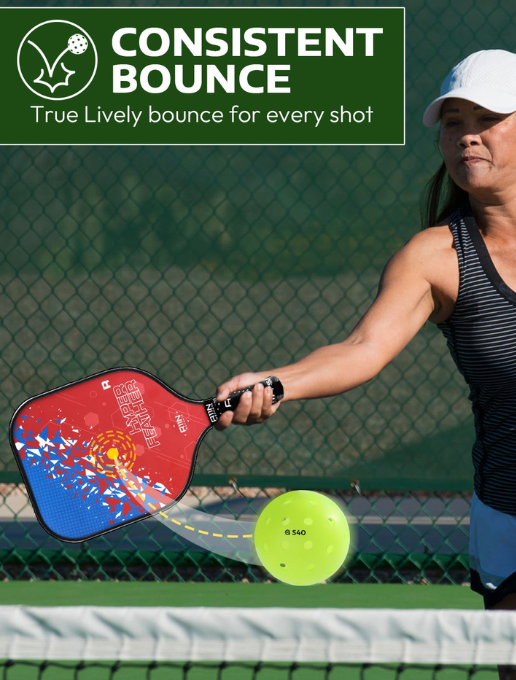


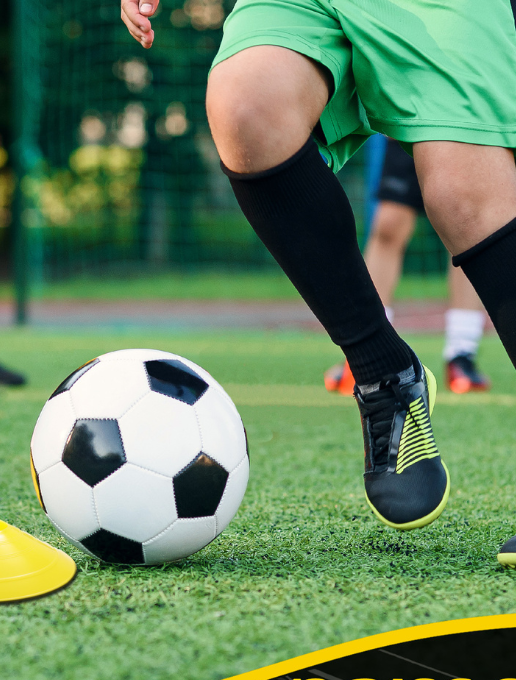
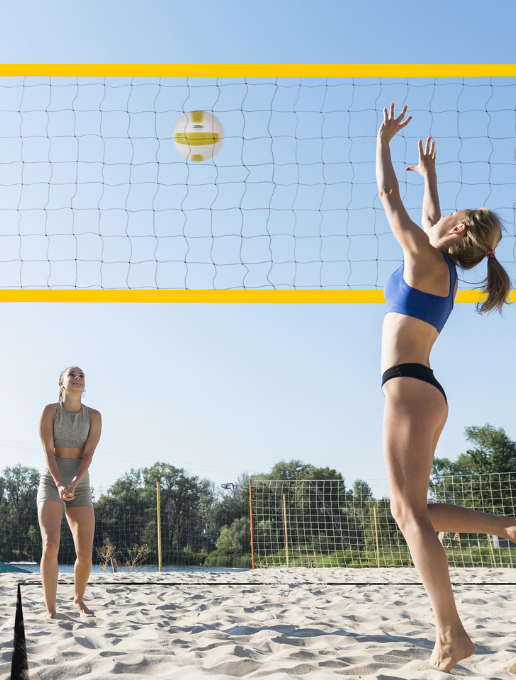

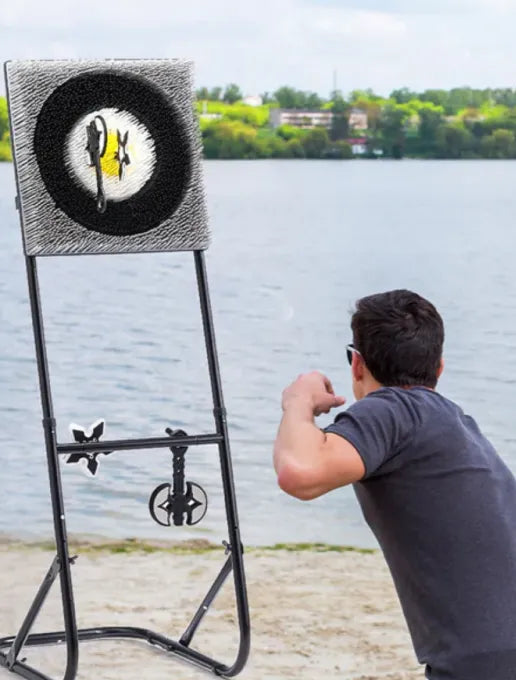

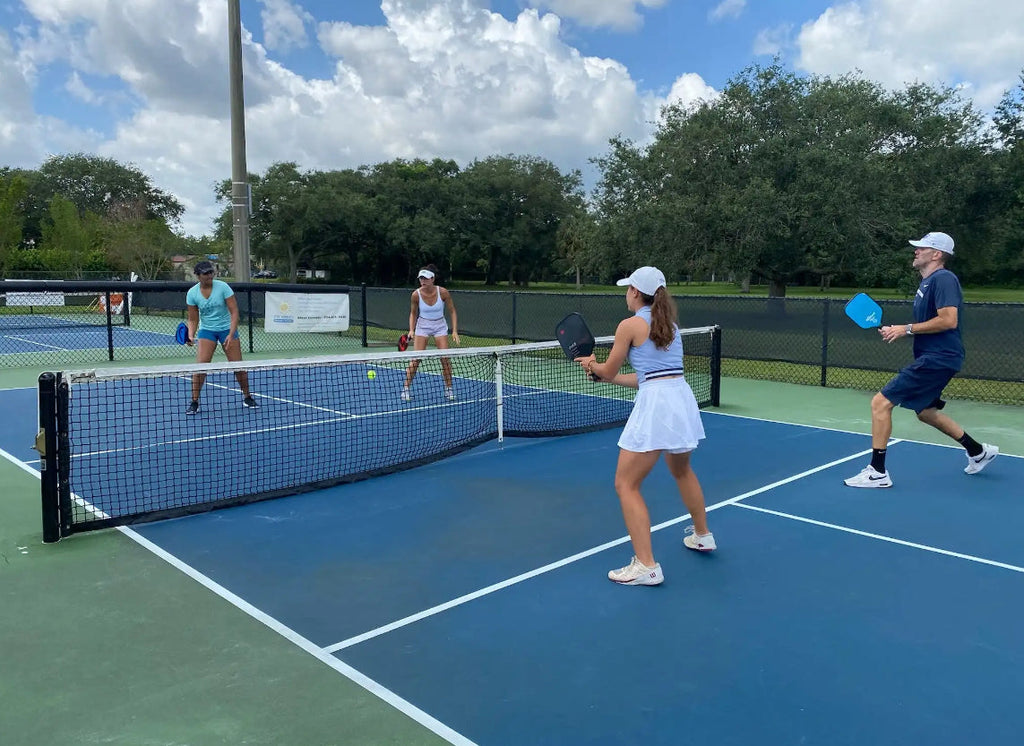

Leave a comment